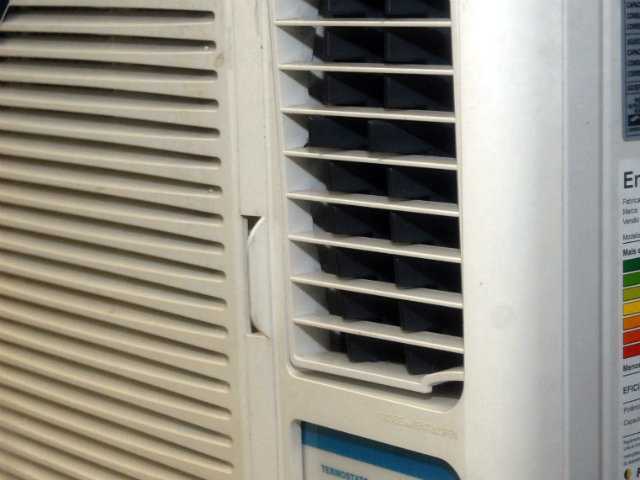Have you seen mold growing on an item at home? There is probably nothing more unsightly. When mold attacks the indoor unit, it settles on filters and other parts that ought to maintain clean indoor air. AC technicians encounter this challenge regularly. Mold and bacterial block the smooth flow of air because they clog the filter. The result is an air conditioner that must work harder and consume more power. That isn’t even the worst part.
Effects of Mold Spores on the Body
It should not surprise you that ever since the air conditioning unit started developing discoloration, you have been feeling nauseous. Every time you switch on the affected air conditioner, mold spores and mildew are released into the air. The link between mold and health complications was established by none other than the Institute of Medicine (IOM) in partnership with the Environmental Protection Agency (EPA). Specifically, their study in 2004 showed that mold in indoor air can cause hypersensitivity pneumonitis, upper respiratory tract symptoms, and hypersensitivity pneumonitis.
Countering Mold Growth
For mold to grow, it needs two conditions: Organic food material and moisture. A leak or high humidity can cause high humidity. Evaporator and condenser coils are the most common sources of high humidity. Food material emanates from particles in dust, carpets, wood, and so on. Ideally, ac ducts are not the best places for mold to thrive because food sources are rare there. However, a slow build-up of dust particles can make the place a haven for these organisms.
Clean the Air Conditioner Regularly

Mold may have adverse effects, but the growth may not be visible to the naked eye. So, even if you don’t see the signs, a professional cleanup is still necessary. It is the only way you and your family are guaranteed uncontaminated indoor air. You might need to dismantle the unit, which reminds you of the need for a professional repair technician. Some components on which mold may settle may only be accessed by a certified HVAC professional because of the risks they possess. It is also challenging to access all the parts if you don’t have the right tools. If you feel that your unit needs thorough inspection and cleaning for molding, consider calling the experts.
Apply an Inhibitor
This step is about preventing the reoccurrence of mold in the unit. A mold inhibitor is a chemical product that prevents the growth of mold. The Environmental Protection Agency (EPA) has an updated list of approved mold inhibitors, which are your best bet of getting positive results. Apply this product to all parts of the ac unit but in accordance with the manufacturer’s instructions.
Proper AC Maintenance
The buildup of moisture and food components inside the ac unit is the ultimate enhancer of mold growth. The good thing is that proper maintenance can help keep most of the air pollutants away. It also enhances the efficiency and longevity of the unit. An important activity in maintenance is filter repair/cleaning, which prevents mold buildup.
Mold proliferation in the ac can make your family uncomfortable, especially if it lasts long. The repair costs that may ensure can also leave a big dent in your wallet. Avoid health risks and money loss that comes with mold. When you clean the unit regularly and follow the maintenance steps recommended by the AC repair specialist, your indoor air will be perpetually fresh and the electricity costs manageable.

